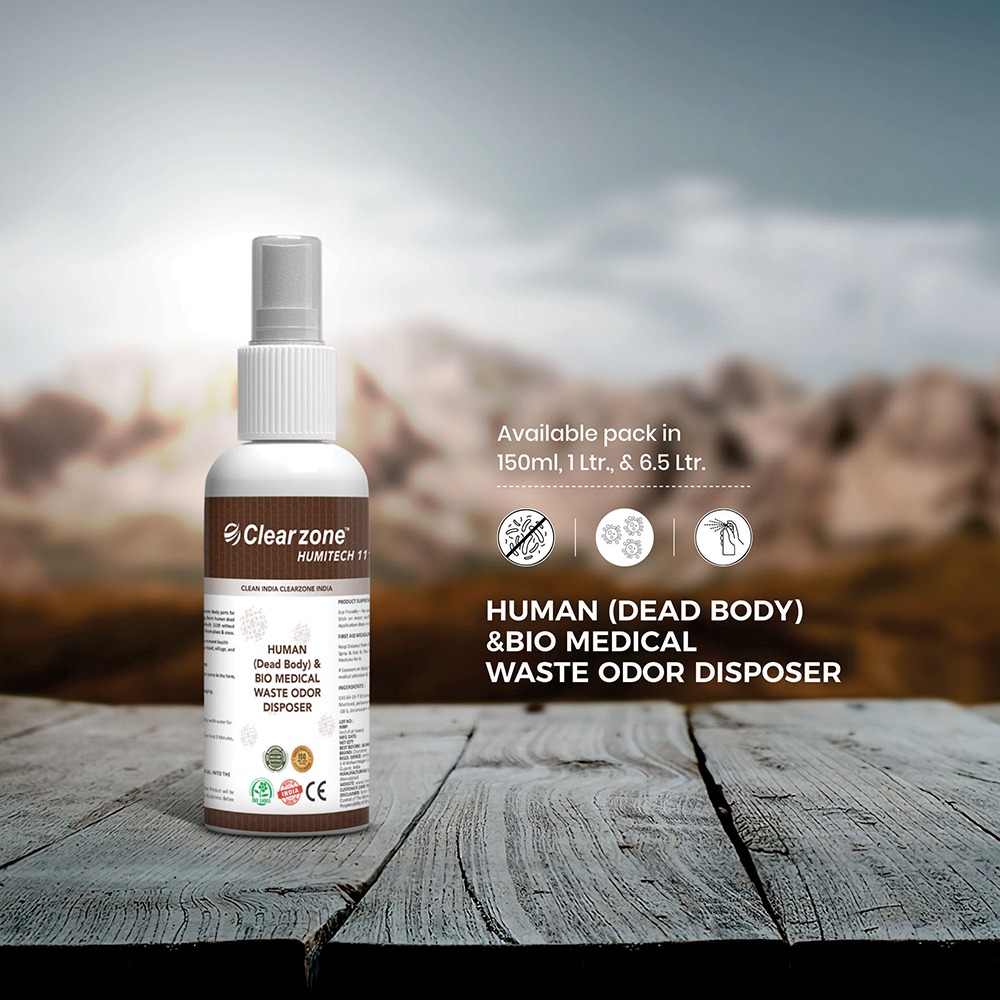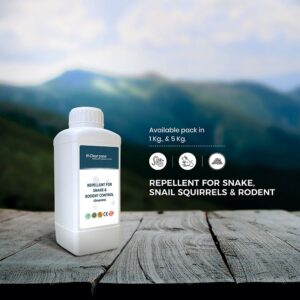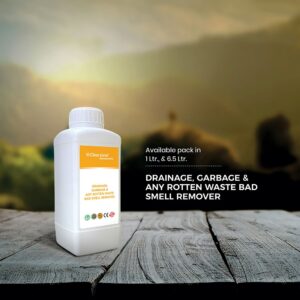Understanding The Challenge of Human Dead Body Waste Odor Disposer
The decomposition of a human body begins shortly after death, releasing a complex and highly unpleasant odor. This odor is not only emotionally distressing for loved ones but can also linger, permeating the environment where the death occurred. Dealing with this odor requires specialized products and approaches due to its intensity and the potential for biohazards.
Why Typical Odor Neutralizers Fail
Common household odor removers are ineffective against the specific chemical compounds created during human decomposition. These compounds include:
- Putrescine: A foul-smelling substance responsible for the characteristic odor of decaying flesh.
- Cadaverine: Another putrid-smelling compound produced during decomposition.
- Sulfur-containing gases: These gases contribute to the intensely noxious smell.
Traditional air fresheners or fragrance-based products merely attempt to mask these odors, often with limited success.

Components of an Effective Human Dead Body Waste Odor Disposer
Successful waste odor disposal for a deceased human body requires a more robust solution, typically a combination of:
- Powerful Oxidizers: These chemicals break down the odor-causing molecules at their source. Common examples include chlorine dioxide, ozone, or hydrogen peroxide.
- Enzyme-Based Cleaners: Specific enzymes target and break down organic matter, including bodily fluids and tissues, contributing to the odor.
- Absorbents: Materials like activated charcoal or zeolites can trap lingering odor molecules, enhancing the effectiveness of other components.
- Safe Surfactants: These help cleaning solutions penetrate surfaces and reach the source of the odor, rather than merely addressing surface contamination.
Product Types
Human Dead Body Waste Odor Disposer come in several forms:
- Sprays: Convenient for targeted application on surfaces, fabrics, and specific contaminated areas.
- Foggers: Distribute a fine mist of the solution, ensuring maximum coverage in enclosed spaces.
- Granular Products: Absorb lingering moisture and odor, suitable for longer-term odor control.
Important Considerations
- Safety: Products designed for human decomposition odor elimination often contain strong chemicals. Always follow safety precautions, including wearing protective equipment (masks, gloves, eye protection) and ensuring proper ventilation.
- Professional Assistance: For severe situations or lingering odor, consider contacting cleaning services specializing in biohazard remediation. They possess the necessary equipment and expertise to comprehensively address the issue.
- Disposal: Properly dispose of biohazardous cleaning materials according to local regulations.
Additional Tips
- Locate and Remove the Source: If possible, removing the body will address the primary odor source.
- Ventilation: Maximize airflow in the affected area to help dissipate the odor.
- Deep Cleaning: Thoroughly clean all surfaces that may have come into contact with bodily fluids or decomposition byproducts.
- Sealing Porous Surfaces: In some cases, sealing porous materials like wood or concrete with a specialized primer may be necessary to prevent the odor from becoming permanently embedded.
The Importance of Sensitivity
The process of dealing with the odor associated with human decomposition is understandably distressing. It is essential to approach this situation with sensitivity and respect for the deceased and their loved ones.
Disclaimer: The information provided here is for general understanding and should not substitute for professional advice from biohazard cleaning services or medical professionals.













2 thoughts on “Human Dead Body Waste Odor Disposer”
[…] odors from human (Dead Body) and biomedical waste effectively. Our odor disposer offers a clean solution for hygienic environments. Say goodbye to […]
Thank you for your reply! We’re glad to hear about your experience. If you have any questions or need further assistance, feel free to reach out. Have a wonderful day!